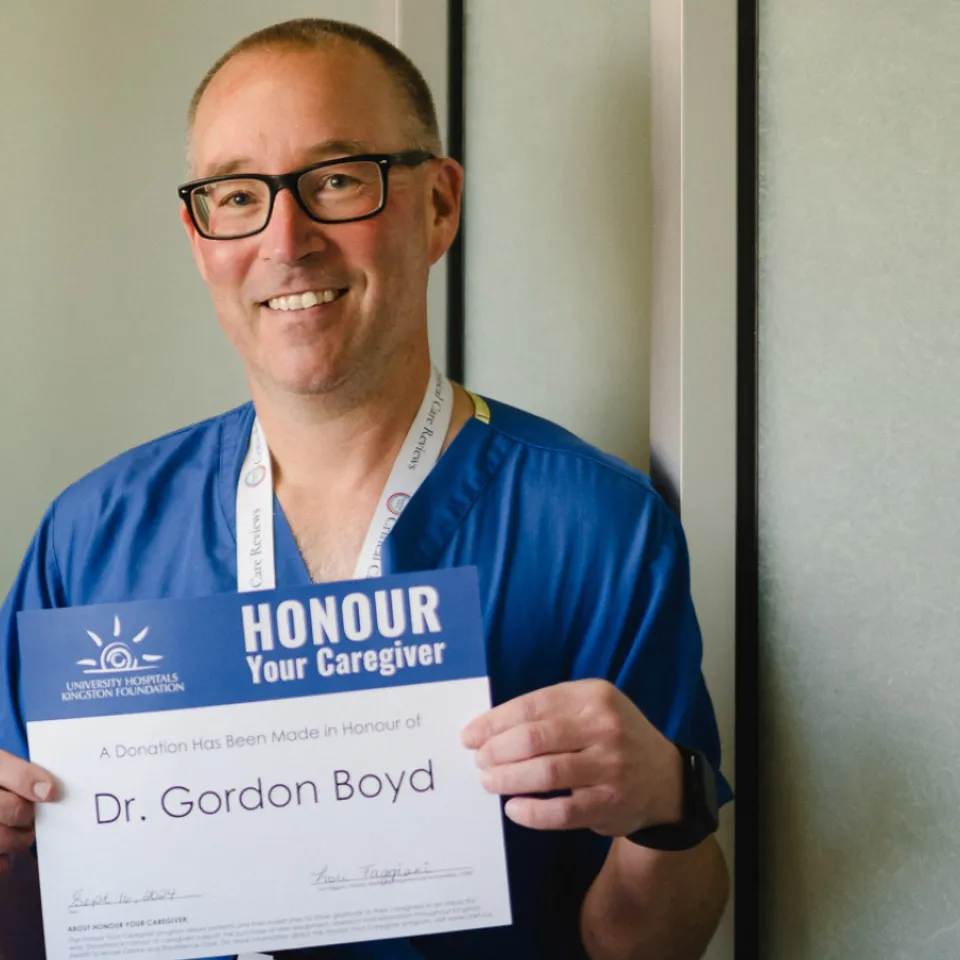We are inspired by the many stories of hope from patients, families, staff and volunteers who are cared for by the extraordinary care teams at Kingston Health Sciences Centre and Providence Care.
Stories of Hope
Using the Legacy of Dollar Bill’s to Support Cancer Care
In the heart of Kingston’s music scene, few places held as much magic as Dollar Bill’s. Between the late 1970s and 1980s, the legendary bar on Ontario Street—now the site of Tir nan Òg—was the epicentre of blues and rock, hosting icons like John Lee Hooker and David Wilcox.
For music lover Stephen Berofe, it wasn’t just a bar— it was a way of life. “I was down there four nights a week,” he recalls. “It was the most fun ever—getting good seats, hearing great live music and having the chance to talk with the musicians after their shows.”
Read MoreShare Your Story
If you have a story about extraordinary people or innovative health care that you wish to share and help inspire our donor community, we would love to hear from you.






